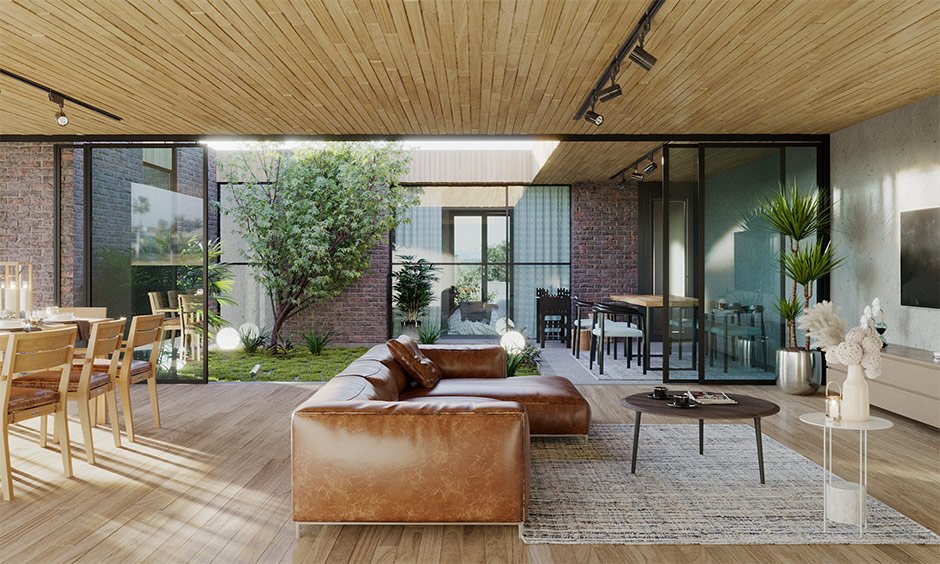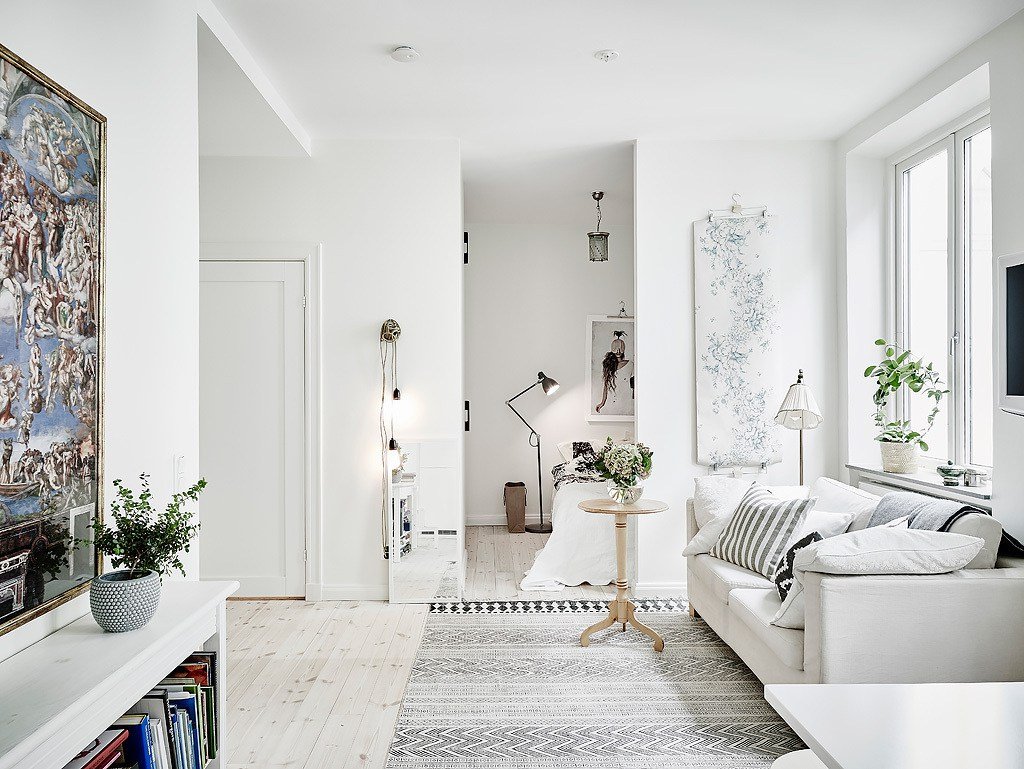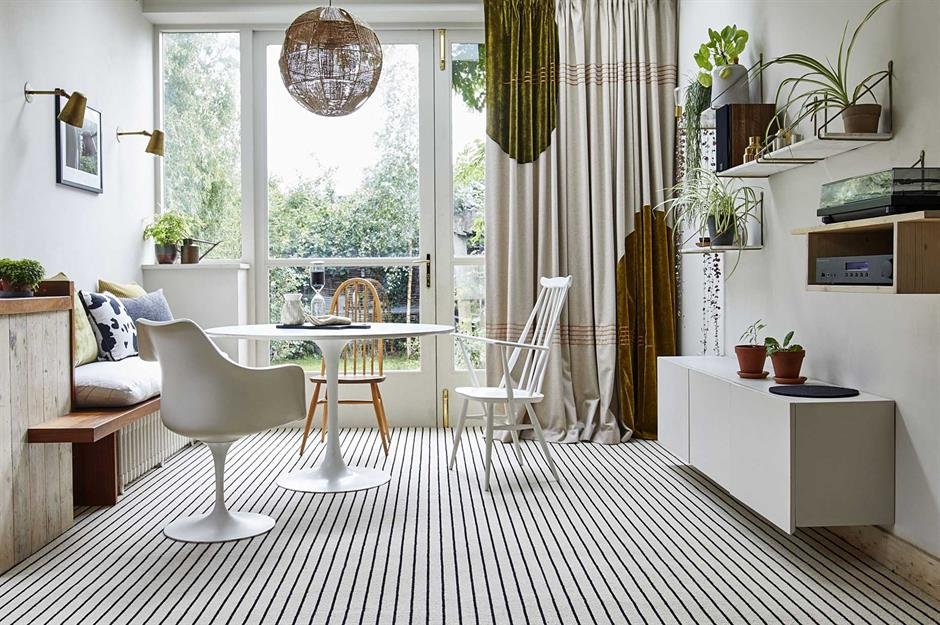
In a world where urban living often disconnects us from nature, biophilic design seeks to bridge the gap by bringing the outdoors inside. Rooted in the idea that humans have an innate connection with nature, this design approach integrates natural elements into our indoor environments, fostering well-being, creativity, and a sense of tranquility. Let’s explore the principles and possibilities of biophilic design:
1. Natural Light and Ventilation:
- Prioritize spaces that allow ample natural light to enter, creating a bright and airy atmosphere. Consider the strategic placement of windows, skylights, and ventilation to connect interiors with the changing patterns of the sky and surrounding greenery.
2. Indoor Plants as Living Art:
- Integrate a variety of indoor plants to breathe life into your spaces. From small succulents to larger statement plants, greenery adds a refreshing touch and improves air quality. Consider vertical gardens or hanging planters for a dynamic aesthetic.
3. Natural Materials and Textures:
- Choose materials inspired by nature, such as wood, stone, bamboo, and cork. Incorporate these textures into furniture, flooring, and decor to create a tactile and visually appealing environment that reflects the authenticity of the outdoors.
4. Biophilic Color Palette:
- Draw inspiration from nature’s color palette. Earthy tones like greens, browns, and blues create a calming effect, while pops of vibrant colors mimic flowers and other natural elements. Harmonizing with the natural world brings a sense of balance to the space.
5. Views of Nature:
- If possible, design spaces that offer captivating views of the outdoors. Whether it’s a garden, park, or water feature, connecting with nature visually enhances the overall well-being of inhabitants.
6. Water Features and Sounds:
- Integrate water features like indoor fountains, aquariums, or even a simple tabletop waterfall. The sound of flowing water adds a soothing element and reinforces the connection to natural environments.
7. Nature-Inspired Artwork:
- Select artwork that draws inspiration from the natural world. Paintings, sculptures, or photographs featuring landscapes, flora, or fauna contribute to the biophilic atmosphere and provide a visual link to nature.
8. Flexible and Open Spaces:
- Design flexible layouts that allow for open, flowing spaces. Create zones that mimic the diversity found in nature, offering quiet corners for reflection and larger, dynamic areas for collaborative activities.
9. Organic Shapes and Patterns:
- Incorporate organic shapes and patterns into your design. Furniture with flowing lines, natural patterns in textiles, and irregular shapes reminiscent of leaves or petals contribute to a more biophilic ambiance.
10. Sensory Stimuli:
Engage multiple senses by incorporating elements that evoke the sounds, scents, and textures of nature. Consider scented candles, textured fabrics, and ambient sounds that mimic natural environments.
Embracing biophilic design isn’t just a trend; it’s a holistic approach that fosters a deeper connection with nature in our daily lives. By incorporating these principles, you can create interiors that not only look stunning but also contribute to a sense of well-being and harmony with the natural world. Welcome the outdoors inside, and let your living spaces become a sanctuary of serenity.



